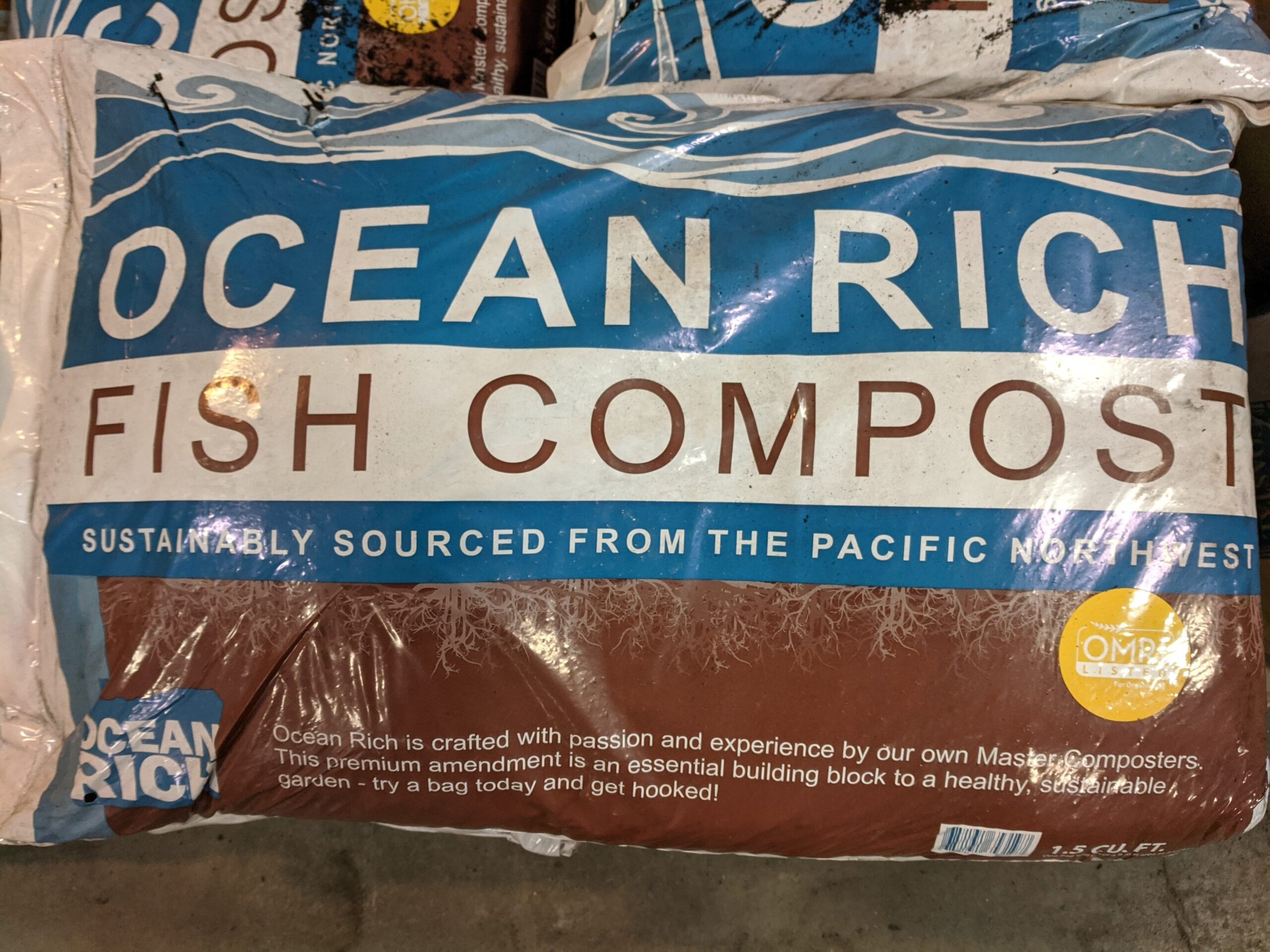Gleditsia, Honey Locust, Shademeaster (bare root) 1" Size
The Shademaster Honey Locust is a deciduous tree known for its light, airy canopy that provides dappled shade without blocking out too much sunlight. This cultivar is valued for its thornless branches, which make it a safer choice for lawns and public spaces. In spring, the tree produces small, yellow-green flowers that are attractive to pollinators, followed by small, leathery seed pods in late summer that persist through the winter. Shademaster is a low-maintenance tree with excellent adaptability to a wide range of soil conditions.
Mature Height:
Typically reaches a mature height of 30-40 feet.
Spacing:
Spacing of 25-30 feet between trees is recommended for optimal growth and air circulation.
Interesting Information:
Known for its open, filtered canopy, Shademaster provides light, dappled shade, making it ideal for spaces where a full, dense shade is not desired.
The thornless variety of Honey Locust makes it a popular choice for urban areas, parks, and residential landscapes where safety is a concern.
This tree is drought-tolerant once established and thrives in a variety of soil types, including poor and compacted soils.
Shademaster is highly resistant to pests and diseases, making it a low-maintenance option for landscapes.
In the fall, the tree’s yellow foliage provides a splash of color before it drops its leaves.
Grow Zone:
Zones 4-9, making it adaptable to a broad range of climates.
The Shademaster Honey Locust is a deciduous tree known for its light, airy canopy that provides dappled shade without blocking out too much sunlight. This cultivar is valued for its thornless branches, which make it a safer choice for lawns and public spaces. In spring, the tree produces small, yellow-green flowers that are attractive to pollinators, followed by small, leathery seed pods in late summer that persist through the winter. Shademaster is a low-maintenance tree with excellent adaptability to a wide range of soil conditions.
Mature Height:
Typically reaches a mature height of 30-40 feet.
Spacing:
Spacing of 25-30 feet between trees is recommended for optimal growth and air circulation.
Interesting Information:
Known for its open, filtered canopy, Shademaster provides light, dappled shade, making it ideal for spaces where a full, dense shade is not desired.
The thornless variety of Honey Locust makes it a popular choice for urban areas, parks, and residential landscapes where safety is a concern.
This tree is drought-tolerant once established and thrives in a variety of soil types, including poor and compacted soils.
Shademaster is highly resistant to pests and diseases, making it a low-maintenance option for landscapes.
In the fall, the tree’s yellow foliage provides a splash of color before it drops its leaves.
Grow Zone:
Zones 4-9, making it adaptable to a broad range of climates.

The Shademaster Honey Locust is a deciduous tree known for its light, airy canopy that provides dappled shade without blocking out too much sunlight. This cultivar is valued for its thornless branches, which make it a safer choice for lawns and public spaces. In spring, the tree produces small, yellow-green flowers that are attractive to pollinators, followed by small, leathery seed pods in late summer that persist through the winter. Shademaster is a low-maintenance tree with excellent adaptability to a wide range of soil conditions.
Mature Height:
Typically reaches a mature height of 30-40 feet.
Spacing:
Spacing of 25-30 feet between trees is recommended for optimal growth and air circulation.
Interesting Information:
Known for its open, filtered canopy, Shademaster provides light, dappled shade, making it ideal for spaces where a full, dense shade is not desired.
The thornless variety of Honey Locust makes it a popular choice for urban areas, parks, and residential landscapes where safety is a concern.
This tree is drought-tolerant once established and thrives in a variety of soil types, including poor and compacted soils.
Shademaster is highly resistant to pests and diseases, making it a low-maintenance option for landscapes.
In the fall, the tree’s yellow foliage provides a splash of color before it drops its leaves.
Grow Zone:
Zones 4-9, making it adaptable to a broad range of climates.












